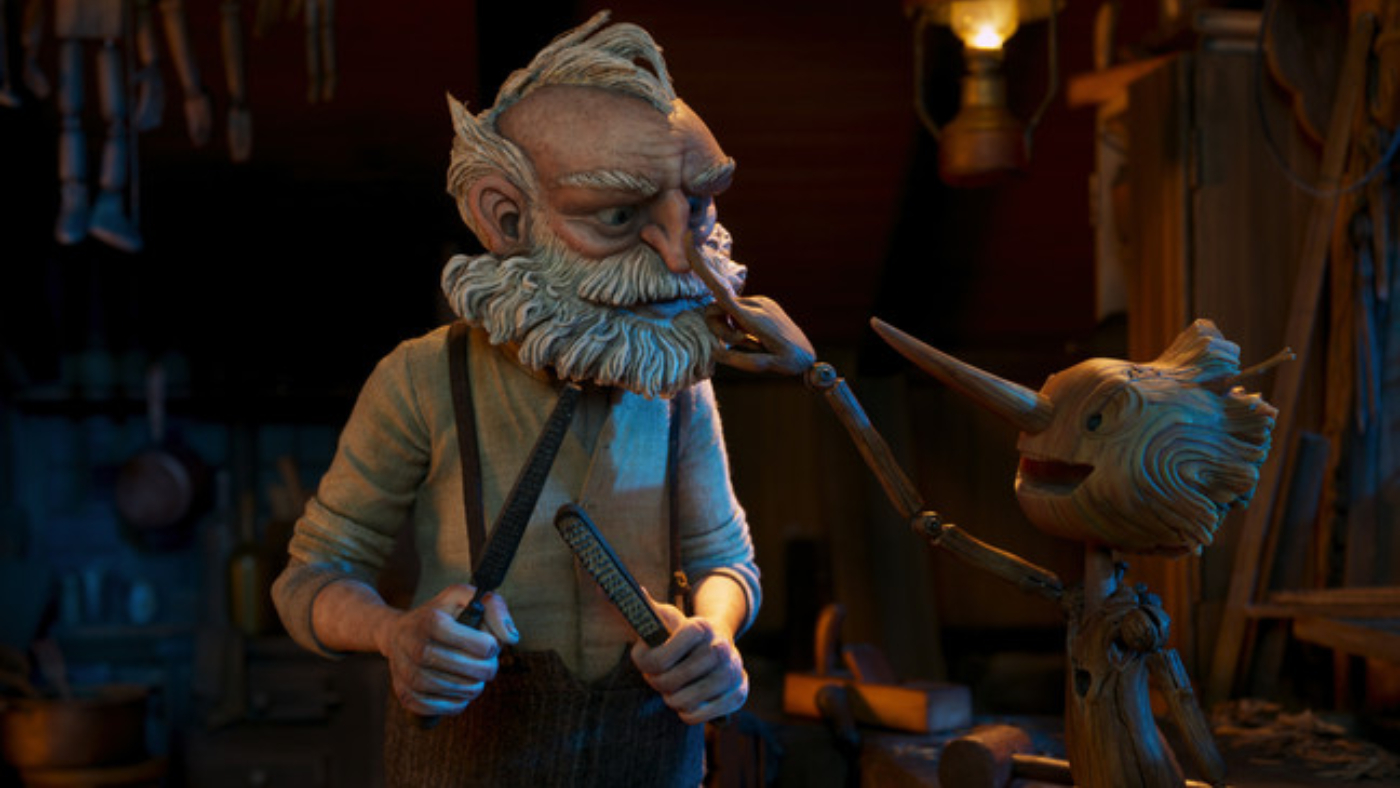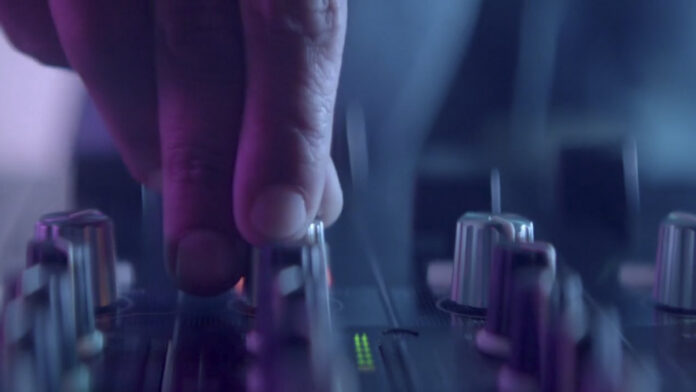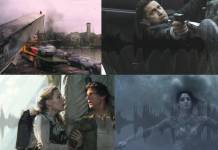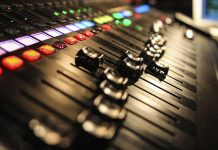In a nutshell
- Sound design involves constructing the auditory landscape of a production, including dialogue, music and natural, artificial and enhanced noises, or even lack thereof.
- Planning for sound design should begin during pre-production and continue throughout the production process.
- Sound design is a collaborative effort, typically involving a team of individuals with different areas of responsibility.
Smell-O-Vision and Odorama for the nose, Sensorround and the Tingler for touch – there have been many attempts to make more senses than sight available to movie theater audiences. None of them have been as readily accepted or accessible as sound. Even before “talkies,” moving picture houses knew that the moviegoing experience would be greatly enhanced if the film had, at the very least, a musical accompaniment. Sound design is extremely important to the film industry. Let’s take a look at why and how you can use it to construct your film’s narrative.
What is film sound design?
Sound design involves constructing the auditory landscape of a production, which can encompass dialogue, music and natural, artificial and enhanced noises or even lack thereof. Designing the audio profile also includes deciding when not to include sound. A sound designer not only gathers these elements and works them into the production but also weighs them against the picture on the screen.
Good sound design should immerse the audience and tell the entire story without visuals. Great sound design is capable of carrying the drama of any scene but also knows when a picture should stand on its own. Sound should predominantly support the scene, and rarely should it overtake the visuals as the primary element. Consider it an extension of the primary rule in video editing: The moment the audience recognizes how good or bad the sound is, they lose focus on the story itself. At that point, the sound design has failed.
When does film sound design happen?
Realizing that the soundscape should not be an afterthought but an integral consideration during production and even pre-production is crucial. Before capturing the moment, the production team should consider what natural sounds they can capture on set and what production will need to create later. By doing so, the audio crew can ensure that they capture isolated sounds for reference, insertion or looping. There are also practical considerations to be aware of. What is preventing you from capturing quality audio on location? A giant warehouse might be great for all the action, but is it really a benefit if all your dialogue comes back with reverb? Perhaps there are ways to mitigate the situation. The team must discuss and plan for these considerations in advance.
In a similar fashion, there’s no reason to add sound in post-production if you have good source recordings on location. Creative recording is a key resource. For instance, a sound crew may split off and record a nearby busy street. That recording could help immerse viewers in a scene taking place in downtown Manhattan. Recording isolated sounds may also assist in effects processing, such as removing unwanted occurrences or creating original sound variants. Planning ahead is important, but one must also be flexible and look for opportunities.
Filmmakers can also utilize stock sound resources. There can be tradeoffs, though. Many of the larger stock houses will have a more diverse library and offer better quality tracks. However, it can become quite expensive if you need multiple tracks. Shared resources may also become overused. If you use all the same sound effects for your space battle that, for example, “Star Trek: The Original Series” (1966-1969) uses, the audience might think of that show while watching your film, breaking immersion. Stock sounds can ruin the suspension of disbelief if recognized. Listen to several action films where someone is shot or falls, and you’ll likely hear the Wilhelm scream. It’s an extremely popular piece of stock audio that’s used in a vast number of projects. Picking the most recognizable, readily available soundtracks isn’t always the best.
Who is responsible for sound design?
Sound design is usually a collaborative effort involving multiple individuals involved in the film process. Typically, production assembles whole teams to oversee specific areas. A production sound mixer oversees on-set recording, while sound editors and sound mixers oversee sound during post-production. A composer creates the musical score, and a Foley crew creates and times sounds to things like character movement or interactions with the environment. The term “sound designer” may refer strictly to those who gather ambient effects and generate synthesized audio. There may also be a team to re-record and sync voice-over and dialogue that wasn’twasn’t captured well during production. The larger the film, the more extensive the team needed to bring all the sounds together.
For corporate or smaller-budget productions, these teams are likely to be scaled back. In some cases, the entire sound design team may consist of only the producer/director and the editor. However, the requirements of such productions are often less than those of a typical feature film. Television shows and documentaries often fall somewhere in between.
It all comes together in the editing room
The post-production edit is where everything comes together into one cohesive structure. The production finalizes the audio design at this stage. On larger productions, sound editors take the video editors’ picture edits and add in all they’ve been given. These edits may be passed back and forth between the two teams several times until they make the final decisions.
Once the production creates the soundtrack, everything is blended together. This is where the process of mixing comes in. For the optimal experience, the sound designer must control both the source content and the playback environment. However, all theaters, televisions, and computer speakers are different. Standards like THX and Dolby Atmos have tried to establish baselines to compensate for this, but eventually, there will be elements you can’t control. Sound designers must try to emphasize the elements they want without muddying the rest.
A sound mixer must also take some interesting challenges into account. One of the biggest challenges is optimizing the sound for various playback formats. For example, using the same mix created for 7.1 speakers on a mono playback system will result in improperly balanced levels. The mixer could end up with their effects drowning out the dialogue and muddying the music. This is why most films require several versions of their mix to satisfy all distribution venues.
The masters of the art
There are many examples of exceptional film sound design. The 2014 film “Interstellar” is a prime example of how layering sounds, emphasizing a single sound, or minimizing sound, can manipulate the audience’s emotions. In the 2022 documentary “Good Night Oppy,” Mark Mangini, an Oscar-winning sound editor, manipulated original recordings to create the sounds of the rover working on Mars, aging through dust storms and mechanical failures. Guillermo del Toro’s “Pinocchio” (2022) is another example of using sound to create an entirely fictional world, underscoring the suspension of disbelief and bringing the story’s world to life.

Developing your skills
Working in sound design is a highly creative and artistically rewarding career. Here are two exercises that can help you develop your sound design skills. First, find a book with pictures and select one image. Imagine that you just filmed a scene based on that image without any dialogue. Create a sound design that tells the story of that still image. Start with simple elements. For instance, speaking as the author of this article, in my sound design class, I used a picture from “The Headless Horseman of Sleepy Hollow,” a 1970s children’s book classic. My soundtrack included stock effects such as a creaking wooden door, howling wind, sinister laughter, gasping, a whip crack, and two sets of hoofbeats that faded in and out from left to right, creating the feeling of a chase. I topped off the soundtrack with a perfect score: Joe Satriani’s song “Headless.”
The second exercise is more complex. Find a short clip to work with, preferably from the 1920s or 1930s, and ensure that it is dialogue-only or “mute.” Keeping true to the original content, create a soundscape that recreates the scene but in a different genre. For instance, how would a navy battle scene look if you remade all the sounds as sci-fi or fantasy? You can also try to keep it in the same genre but record all original sounds. For example, how would you create a cannon firing sound without actually using ammunition?
Sounding off
Having a specific area of film sound design to specialize in can be valuable for a career. Still, it is important to have a general overview of sound design and understand where sound fits into the production as a whole. Sound design can make or break a production. In the hands of the right people, it can heighten emotions, emphasize content and even drive the story. It is the second most important element in a film or video, but it’s a very close second. For a truly immersive experience, sound requires just as much attention as visuals and, in some cases, even surpasses sight as the most important sense for moviegoers.
Contributing editors to this article include: Peter Zunitch and Arthur Lance
Featured image courtesy: Tiësto & Jauz








